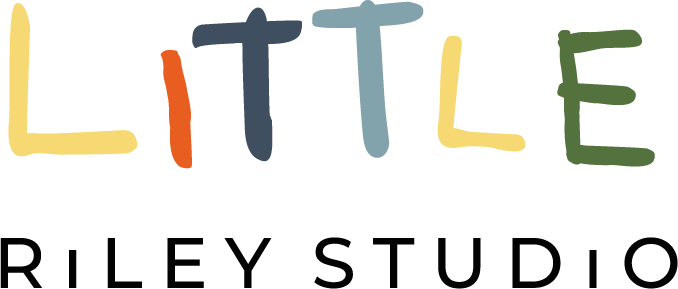The United Nations Sustainable Development Goals (SDGs) are 17 goals that aim to promote prosperity while protecting the planet. They are a call to all countries to take action on multiple social, economic and environmental issues. In the past we have spoken about SDG 5 - Gender Equality. This time we want to explain how we incorporate SDG 12, that is, Ensure Sustainable Production and Consumption Patterns, into our business.
What does ‘Ensure Sustainable Production and Consumption Patterns’ mean?
It is no secret that consumption is the driving force of the economy. It is also no secret that consumption and environmental degradation often go hand-in-hand. The aim of goal 12 is to encourage production to be conducted in a way that the natural world does not suffer as a result, and that the amount produced is sustainable. In an over-simplified sentence: countries of the world, stop polluting nature by making too many products, and in a way that means resources are destroyed so there is no hope of future generations having these products. An over-simplified example could be that if you take all the fish out of the sea, and destroy the sea beds doing it, there won’t be any fish left to breed and replenish their numbers so that your grandchildren can also have fish to eat. The goal tackles the production process, which is directly linked to consumption habits.
So how have Riley Studio taken SDG 12 into account?
If you have taken a look at Our Story, then you will have seen that we often create from waste. When we don’t create from waste, the products we use are organic. This ensures that our impact on the environment is as small as it can be. We don’t want to harm natural resources making (admittedly, very nice) clothes. This has meant that we have:
- Recycled 5,434 plastic bottles from landfill and oceans
- Saved 3,257 litres of oil by using recycled materials
- Saved 2,215,088 litres of water by using recycled materials.
As well as a reduced environmental impact during production, we have also considered consumption. We want the products that our customers buy, to keep bringing them joy for the rest of their lives. We do not want to be part of a throw-away culture. That’s why we’ve introduced a lifetime guarantee on our products. We encourage anyone who has repairable damage on their Riley Studio product, to contact us about arranging repairs. However, we appreciate that sometimes things reach the end of their life and can’t be repaired. In this scenario, we can recycle our products directly back into our production process and they can become part of another sweatshirt or pair of trousers or whatever it is we will be making in the future…
What can we do as individuals?
1. Reduce. Reuse. Recycle.
For starters, stop buying stuff that you don’t need. Yes, we know that the panicked atmosphere surrounding sale racks can be the downfall of even the strongest environmental advocate. No one is asking you to be perfect, but take time to think about your purchase. The easiest way to make informed choices is to expand your understanding of the word ‘cost’ from just financial cost. The real cost of a t-shirt includes the social and environmental cost of production, transportation and packaging. Not just the £10 it will set you back this week. And then once you’ve got on the bandwagon of reducing, why not move on to the reusing and the recycling.
2. Consider where you are consuming, where are you driving demand and whose pockets are the lining? Think about this, not just in terms of clothing, but food and other items that you consumer, whether regularly or less frequently.
3. Slightly ironic considering the "stop buying stuff that you don’t need" statement made a mere few words ago, but you can buy a Together Band (pictured below) to support SDG 12. Or any of the SDGs for that matter, because there is a band for each. The bracelets are made in Nepal from ocean plastic and the clasps are made from decommissioned illegal firearms from Central America. Buying a band will mean that 1kg of plastic is removed from the ocean and proceeds will be given to combat gun violence. The sustainably and ethically sourced bracelets are a visual representation of the SDG you support, a little reminder to help you keep your cool around those sale racks.


Back to Our Journal